Color Idioms and Words
Our perception of colors is shaped by our individual experiences and intimately tied to language. The way we speak about colors influences our ability to see colors.
If you're curious about color terminology and the meanings, cultural significance, and physiological effects have on us, you're likely to notice that – for the English language – we tend to talk about the millions of colors that can be seen by the human eye using mainly eleven color words: red, blue, green, yellow, orange, purple, pink, brown, black, gray, and white.
If you're a curious color lover like I am, you may wonder why that's the case. Why do we have eleven essential color names? Is the same true for people in other countries? Do industrially developed cultures have more words for colors than less developed cultures? What can different languages tell us about our relationship with color?
Where would you even begin to find the answers to these questions?

Color Words Influence How We See and Think About Color
Well, as it turns out, these aren't new questions. In the late 1970s, researchers initiated The World Color Survey to explore several hypotheses about how we think and talk about color and how languages evolve in terms of color speech. The results of the Survey, published in 2009, provide raw data and analysis based on surveys of 2,616 people, speaking 110 different languages, most of them preindustrial.
There are volumes of scholarly work based on the Survey – enough to keep a gaggle of color-lovers occupied for decades, but one of the most interesting revelations is that it turns out that there are enormous similarities among and across languages in terms of how we categorize colors.
While some languages have as few as two or three basic color categories (or motifs, to use the language of the Survey), those color categories tend to be consistent across radically different languages, and there's evidence that suggests the evolution of language and culture proceeds in a reasonably predictable way. So cultures with only three color motifs are likely to progress in the finer discrimination among colors in similar ways.
Take the distinction between warm and cool colors. It turns out that even the languages with the fewest distinctions between colors divide them between warm and cool. That's a similarity that holds true across all of the languages and cultures studied. Distinguishing between warm and cool colors matters to all of us.
When you look at all the color motifs among the 110 languages examined by The World Color Survey, you discover eight basic color groupings: red, green, yellow or orange, blue, purple, brown, pink, and grue (green or blue.) When you add the gradient distinctions among black, gray, and white, you end up with eleven color categories – the very same number we use in English.
What The World Color Survey suggests is that even though we use very different words to describe colors, we appear to think of color in very similar ways, that we group colors in ways that transcend language and culture.
So to my mind, working with color is working with one of the most fundamental, universal, powerful ways we relate to the world around us. Not one of the languages in the Survey lacked words for color. Knowing that people all over the globe instinctively notice, label, and find it necessary to talk about color reinforces my belief that color is something that unites us all.
Color Names: the Stories Behind the Words We Use for Colors
Color: Say It and See It.
Color surrounds you. It is everywhere and you see millions of colors every day. But what exactly do you see?
People have long believed we all saw the same colors. More recent studies show that color occurs in our minds as a response to our experiences of the outside world. We each develop similar yet not necessarily exactly the same "color vision.”
Our perception of colors is shaped by our individual experiences and intimately tied to language. The way we use color and speak about it in our everyday lives influences our ability to see and correctly identify the characteristics of color. In addition, the greater our color vocabulary, the more readily we can see and describe the differences between similar colors.
Color Words Shape How You See
Language helps us to organize and make sense of the world. It gives us a way of communicating with each other, using words that represent something or mirror an experience. When thinking about color, most people do not recognize the influence of language. However, studies have shown that the way you see color mirrors the way we communicate about it. In the simplest terms, the more robust your color vocabulary, the better your ability to distinguish one color from another.
Or is it the other way round, These studies make sense, but I think they could make an equally strong case that the more precisely we see color, the more words we need to describe what we see accurately. I've seen with my own students that the more they notice the nuances of a color or the differences between colors, the more words they use to describe what they see, often adding new words to their vocabulary.
Color Me Confused
As much as language helps you to see colors, it can also confuse. Words have definitions, which change over time. Words describing the characteristics of color can confuse rather than clarify because color words are often misused, misunderstood, and many have overlapping meaning.
For example, the word hue has become a synonym not just for color but also for the words - tone, shade, and tint.
Initially, the word shade was used to describe a hue mixed with black. Today, when someone says, “various shades of blue,” it is more likely, they are referring to a range of blues from light to dark and warm to cool than only colors made by mixing blue with black.
Chroma is a word rarely used outside of color theory. Instead of using the term, chroma, most people describe this characteristic of color as intensity or saturation, which are similar but not exactly the same thing.
Complicating Color Terminology
Describing hues might be more straightforward if we all used color words consistently, that is if it weren't for the fact that there are several color systems. Two of the most commonly used color systems are known as additive and subtractive.
Traditional Subtractive Color is the color system most people learned about in school. It is the system used for pigments, dyes, inks, and paints. The primary colors are yellow, blue, and red, and when you mix these colors, you get black. This model is known as the RYB (Red, Yellow, Blue) based on the standard set of subtractive primary colors used for mixing pigments. It is the system taught in art education programs, but in in another, more modern subtractive color model, cyan replaces blue, and magenta replaces red.
Modern Subtractive Color is a color system that also uses pigments, dyes, inks, and paints, but the primary colors are cyan (process blue), magenta (process red), and yellow. The CMY {Cyan, Magenta, Blue) system is the one used in the printing industry. Just as with the traditional subtractive color system, in theory, the primary colors mix to make black. However, in actual practice, due to the impurity of pigments, when combining the three primaries, they produce a color that is more brownish than black. To correct the problem in the printing process, black ink is added. The letter "K" was chosen as the abbreviation for black rather than "B" to avoid confusion with blue. In printing, CMYK are the colors used in four color printing, which is also known as process color
Additive Color is the color system that uses light rather than pigment to create color for digital media and computer screens. The additive primary colors are red, green, and blue and are often referred to by their initials RGB. The additive color model mixes red, green, and blue light together in various combinations to reproduce a broad array of colors.
With three different color models, it becomes difficult to be sure precisely what color someone means when they say, "primary colors" or "complementary color" because the answer is dependent on the color model.
The best way to improve both your color vocabulary and understanding of color is to gain a working knowledge of color theory. A great place to start is our Color Theory Quick Lesson and Color Terminology Guide.
Time for a Color Word Quiz
Similar sounding terms can result in the wrong word being used. This is one of the most commonly misused color words. See if you know the correct word.
Color Idioms
Every culture has idioms -- a phrase that has become commonly recognized for their figurative rather than literal meaning -- that can quickly convey meaning with just a few words.
Related Articles:
- MIT analyzes the language of color: Cognitive scientists find that people can more easily communicate warmer colors than cool ones.
- The way you see color depends on what language you speak
- What you call a color depends on how you use it.
Feature Image Credit: Patrick Tomasso on Unsplash


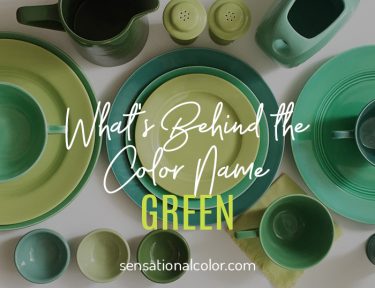




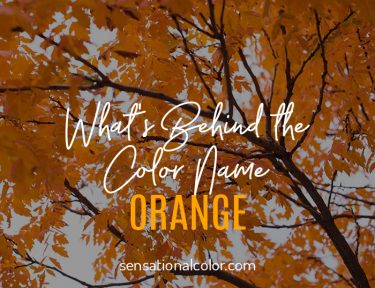

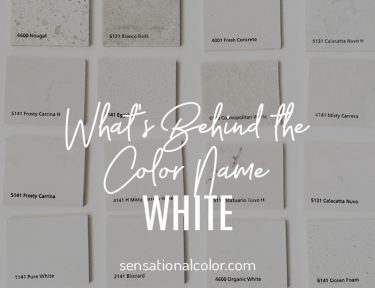


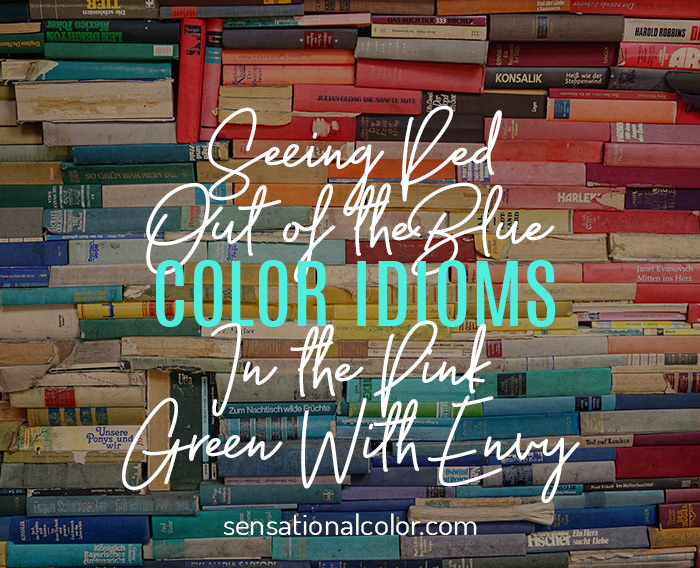
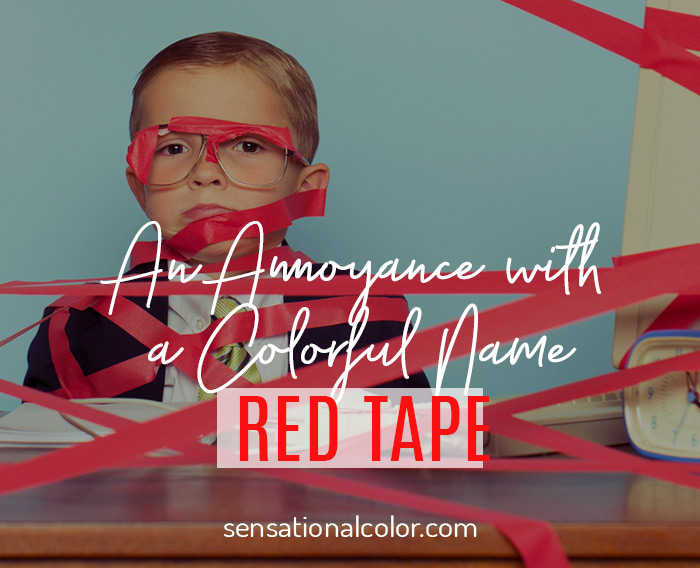

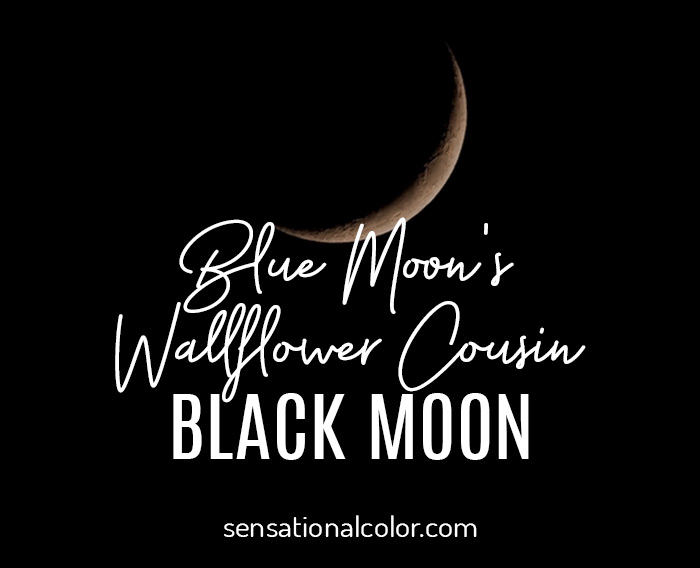

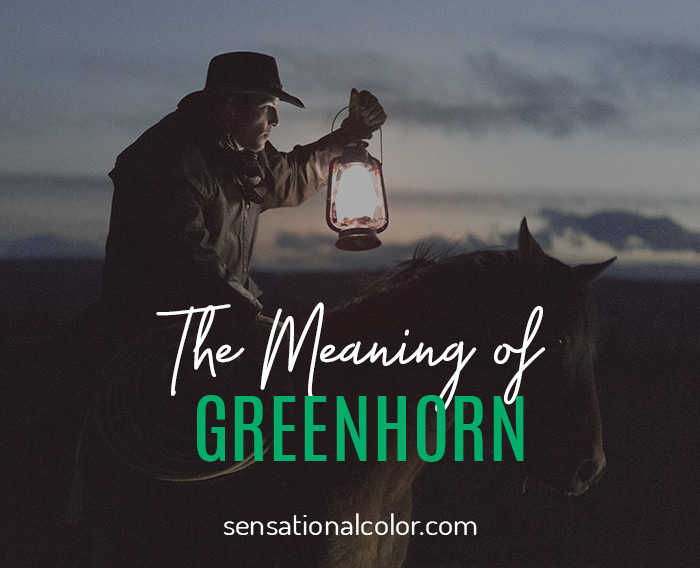



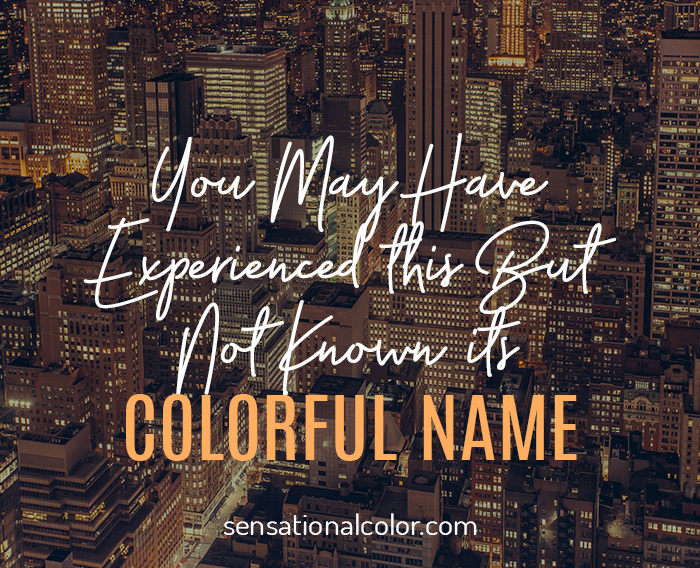

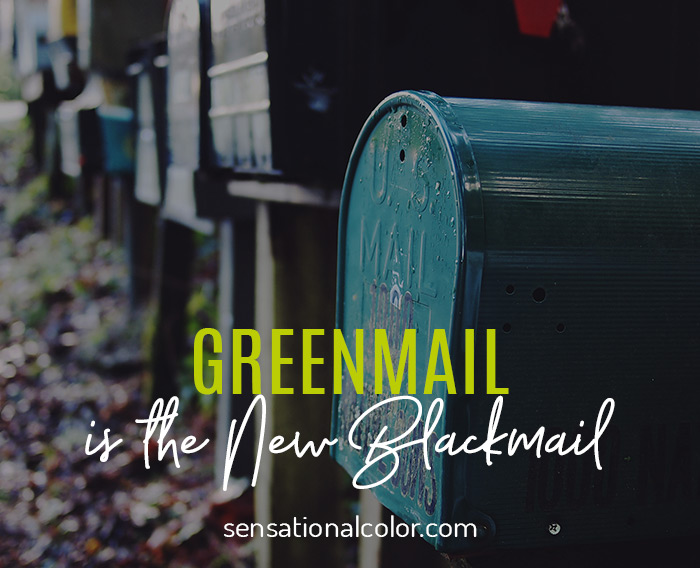
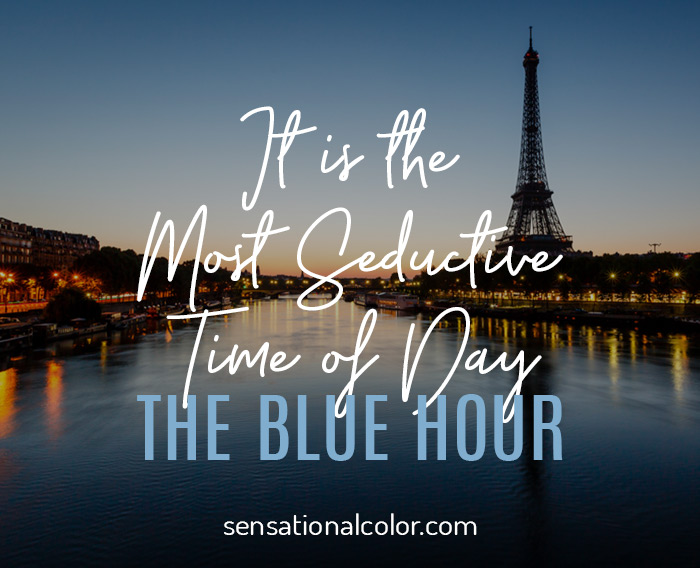





Define color scheme
Cannot find infor on wht the four attributes of color are.
I think you are looking for hue, value, chroma and temperature.Start here with Color Theory Explained: https://www.sensationalcolor.com/color-theory/
never knew about any colour idiom except once in a blue moon and greener times. Definitely learned more as i read this article. thanks for sharing the information
Total success! Thank you
An invigorating read! Love the nerdy detail in the studies you reference.
You are someone after my own heart, MakeNest Interiors. 🙂
I agree, Wanda. Yellow and orange are upbeat colors. One would think that these colors would have been used more in idioms that describe something positive.
Yes, you can use examples from this page. Credit is always appreciated. It sounds like it is going to be a colorful issue!
If you take away the so-called neutrals, the rest of the colors on the list are almost an exact ROYGBIV match. The exception is pink on the eleven colors list, and indigo for ROYGBIV, but you can put indigo in the blue category, and pink with red. So maybe it’s not that much of a coincidence how universal the list is, given how the human eye sees the color spectrum.
Regarding male/female differences in seeing color, if you ever get a chance to listen to a recording of “Defending the Caveman,” a one-man show created by Rob Becker (and passed on to another entertainer), there’s a good bit about men, women and color, among other things. My husband and I used to go to Becker’s show every year.
Good points. I have not seen Defending the Caveman but several members of my family have and love it so I’ve heard many of the jokes repeated. It sounds hilarious and so right on about the differences.
Now I wonder if the 10 million different colors, most of which are unnamed, fall evenly into the eleven categories…. and if not, which are dominant. Which have the fewest?
Isn’t it true that women’s eyes have more color rods than men’s, but men’s eyes have more black and white rods? Does that account for women being more likely to actually see color gradations?
That is an excellent question, Claire. I may just have to find out if there is an answer based on the study.
Women to have the ability to see more variations in colors especially red according to another study.